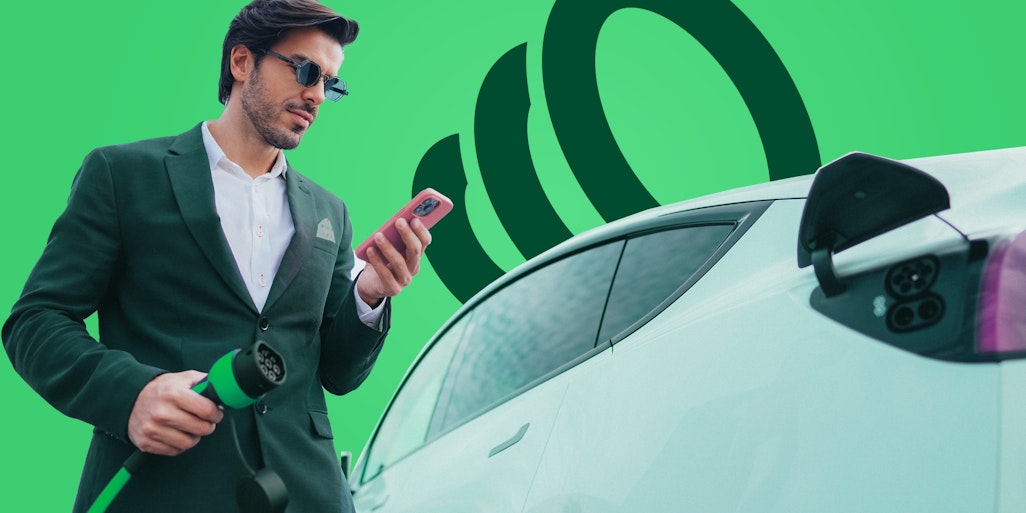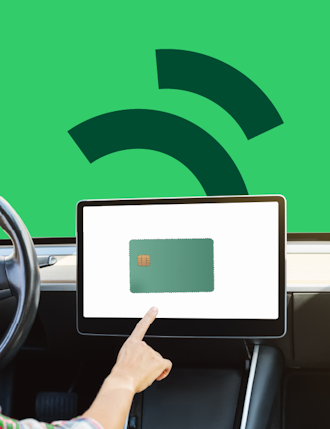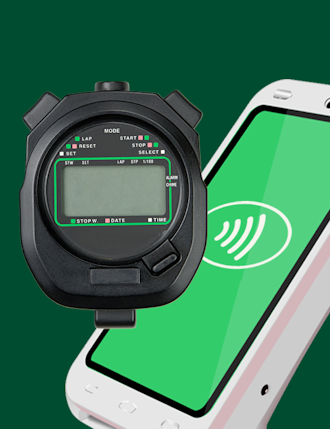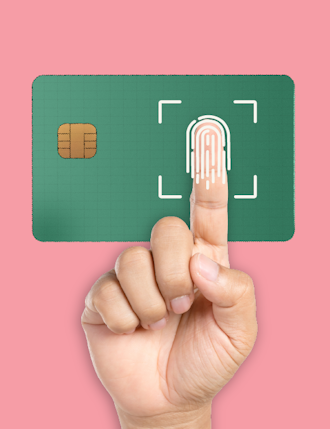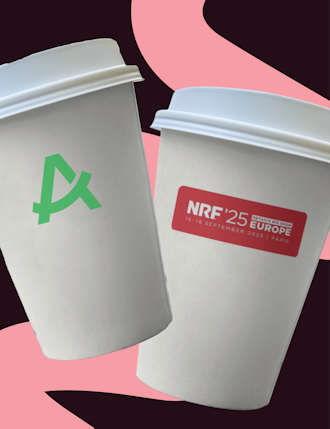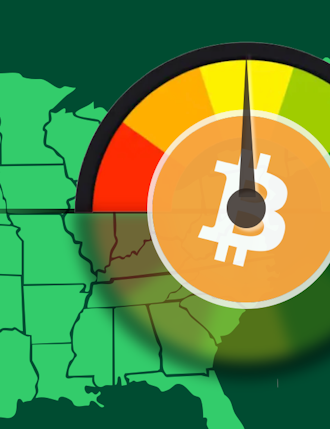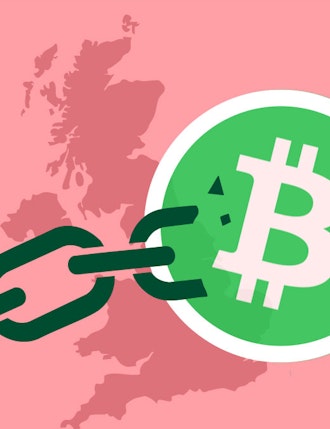Whilst the government continues to discuss a potential rethink of its 2030 petrol and diesel car ban, there’s no doubt that we’re seeing more and more electric vehicles (EVs) on the roads in the UK. In fact, at the end of June 2023, there were over 810,000 fully electric cars on UK roads and a further 510,000 plug-in hybrids.
Britain is embracing electric cars, but what’s next for the future? It all comes down to technology. Electric cars themselves are possible due to tech innovations, and its technology that holds the key to their future.
Accessibility of electric vehicles
For many people, there are still plenty of perceived barriers around electric vehicles. One is that they’re too expensive and that the second-hand EV market isn’t as affordable as the standard second-hand car market. Another is range anxiety in that they feel that the battery will run out of charge before they reach their destination. A third is the lack of charging infrastructure in the country.
Today, the EV landscape continues to evolve. It’s becoming more accessible, affordable and the infrastructure is growing. Tech innovation also continues apace.
Innovations in charging: Wireless charging
As well as home charging, we’re seeing more and more charging stations popping up across the UK. You’ll find them in shopping centres, public car parks, hotels and even at traditional petrol stations. And they all have one thing in common. Wires. Currently electric charging requires you to plug in and wait for your car to charge – even superfast chargers require plugs.
Today, technological innovation is focused on wireless charging. It works like a wireless charger for your phone just on a bigger scale, using electromagnetic induction to transmit electrical current (also called inductive charging). A magnetic coil in the charger sends current to a magnetic coil on the car’s underside. Charging begins when the two pads align.
Electric charging is also as efficient as a plug. Most EV charging plugs have 80-95% efficiency ratings, whilst wireless chargers are said to achieve 90-93% efficiency. Wireless chargers today offer around a level 2 charging speed, but there’s no reason why the technology can’t achieve superfast charging speeds further down the line. This technology is being pioneered in the US by companies including WiTricity.
Innovations in payments: Self-service payments
So, how are people paying for their juice when they top up their EVs? Self-service payment solutions are becoming increasingly common. With self-service payments, users simply pay directly at the terminal when they top up their car. This can be done with credit or debit cards as well as the likes of Apple Pay or Google Wallet. It’s an efficient solution that benefits both the customer and the merchant.
From the merchant side, it reduces the need for staff members to be on hand to take payments. Transactions are speeded up enabling the business to serve more customers at busy times and with the likes of Apple Pay and Google Wallet requiring biometric authentication, it also reduces the risk of fraud. From the customer side, it offers an efficient payment solution whereby they simply top up, tap, and go.
Charging and online payments are also starting to intersect, with apps whereby you can book slots at charging stations and pay online for the service without the need for a self-service payment terminal. Combining this with wireless charging offers an effective solution to EV drivers where everything is controlled on their smartphone in terms of booking and paying, whilst the charging solution doesn’t even require them to set foot outside their car.
Innovations in accessibility: Car sharing
To encourage more people onto the road in EVs, we’re also seeing tech innovation around car sharing too. Whilst consumers might not want to commit 100% to an EV, or they might not be able to afford it, companies like Zoom are offering car sharing alongside their EV leasing programs.
Car sharing, it’s a super simple process all organised by an online portal. Think Airbnb but for EVs. All you need to do is register online and request to book a vehicle by location and date. You’ll then be provided with available options with hosts in your area. Simply choose an EV and the host will confirm the booking. It’s then just a case of picking up the car by meeting the host and getting the keys. It can all be done from your smartphone.
Ride-sharing apps are also pioneering environmentally friendly solutions over the likes of Uber. A great example of this is Marcel in France – it works just like Uber, but with the main difference being that all of its fleet are EVs and hybrid cars; most often Renault Zoe models. In fact, Renault now fits car-sharing software to Zoe cars as standard to track charging and invoicing to help car-sharing fleet management.
Yes, the demand for electric vehicles is growing, but there is still a way to go yet. But with technology innovations across payment, charging and car sharing, the world is getting greener and more efficient. Discover more about our predictions of where the industry is going and the benefits of self-service payments.
